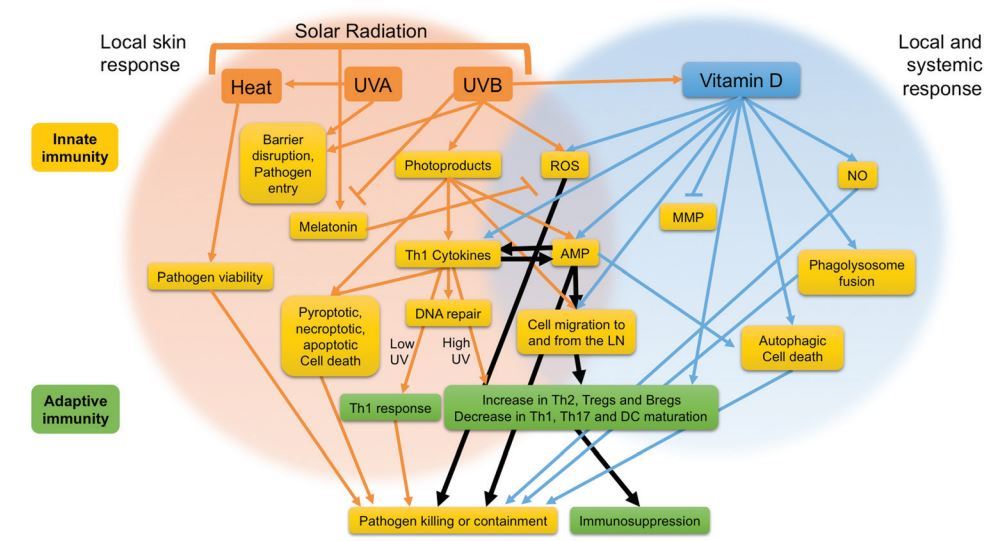Influenza Virus aerosols killed by 10 minutes of sunlight (far faster if use UV-C)
The Influence of Simulated Sunlight on the Inactivation of Influenza Virus in Aerosols
The Journal of Infectious Diseases, DOI: 10.1093/infdis/jiz582
Michael Schuit, Sierra Gardner, Stewart Wood, Kristin Bower, Greg Williams, Denise Freeburger, and Paul Dabisch
National Biodefense Analysis and Countermeasures Center, Operated by BNBI for the US Department of Homeland Security Science and Technology Directorate, Frederick, MD, USA
 ---
1. 1. 900: Items in both categories Virus and UV:
{category}
---
1. Note: All coronaviruses have envelopes, Influenza is an enveloped virus which lacks a crown
---
1. 1. 900: Items in both categories Virus and UV:
{category}
---
1. Note: All coronaviruses have envelopes, Influenza is an enveloped virus which lacks a crown
📄 Download the PDF from VitaminDWiki

Background. Environmental parameters, including sunlight levels, are known to affect the survival of many microorganisms in aerosols. However, the impact of sunlight on the survival of influenza virus in aerosols has not been previously quantified.
Methods. The present study examined the influence of simulated sunlight on the survival of influenza virus in aerosols at both 20% and 70% relative humidity using an environmentally controlled rotating drum aerosol chamber.
Results. Measured decay rates were dependent on the level of simulated sunlight, but they were not significantly different between the 2 relative humidity levels tested . In darkness, the average decay constant was 0.02 ± 0.06 min-\ equivalent to a half-life of 31.6 minutes. However, at full intensity simulated sunlight, the mean decay constant was 0.29 ± 0.09 min-、equivalent to a half-life of approximately 2.4 minutes .
Conclusions. Short-range aerosol transmission of the virus may be possible in full intensity sunlight, but the virus would be unlikely to survive in an infectious state over long distances. These results are consistent with epidemiological findings that sunlight levels are inversely correlated with influenza transmission, and they can be used to better understand the potential for the virus to spread under varied environmental conditions.
